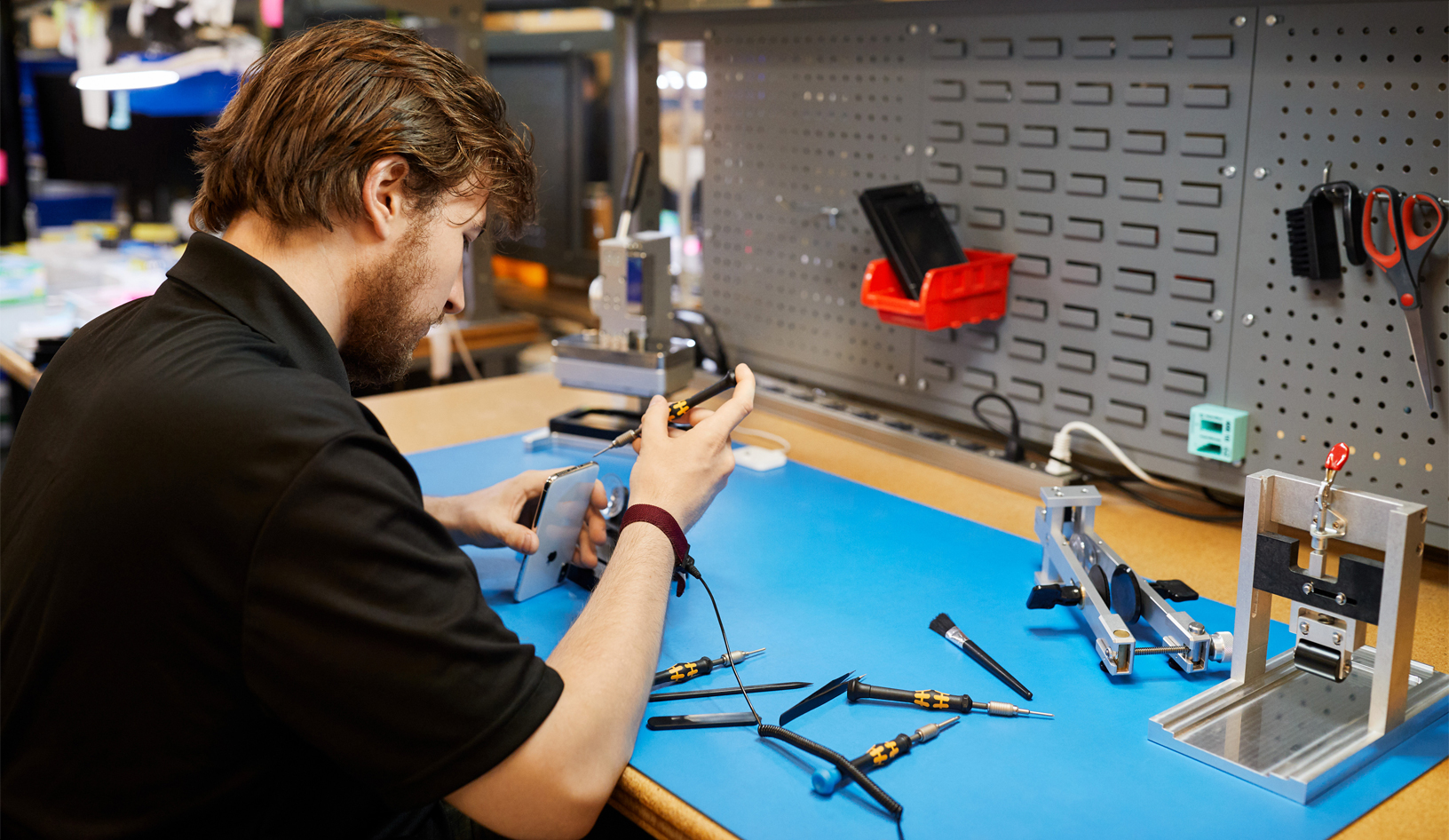
Apple's new Self Service Repair program leaves iPhone owners with too many hoops to jump through to successfully fix their own devices, right to repair advocate Nathan Proctor said in a statement today. Proctor leads the U.S. PIRG's right to repair campaign, working to pass legislation that would allow consumers to repair their own electronics.

Proctor said that the program is encouraging because Right to Repair is "breaking through," but Apple is exerting too much control by locking parts to a specific device and requiring Apple verification during the repair process.
Proctor believes that Apple and other tech companies should give consumers more options and better access to parts from different manufacturers rather than requiring parts supplied by the company itself."We are really pleased to see public access to Apple service guides for the first time in decades. However, it's clear that Apple is doubling down on requiring each part be encoded to a specific phone, and then requiring a connection to Apple to verify the part before it gains full functionality. I don't see how locking parts to a specific device and requiring manufacturer approval to install it offers any benefit to the product owner, but it does allow Apple to maintain a lot of control over the repair process. It also means that Apple can decide to stop supporting repairs. If Apple decides that a phone is too old, they can effectively put an expiration date on any product needing repair, defeating one of the most important aspects of repair -- minimizing toxic electronic waste.
"While this is a start, there are still too many hoops to jump through to fix phones. As it's becoming clear that Apple and other manufacturers can give us the Right to Repair, we should require them to. And we should have more options. Not just one set of parts. Not just a few manufacturers. No product should be tossed in the scrap heap, wasting money and adding to our toxic electronic waste problem, because the manufacturer doesn't properly support repair."
Repair outlet iFixit expressed similar thoughts on the program, and said that it is a "great step" forward, but restrictive because of the part verification requirements that tie new components to serial numbers.
Apple's new Self Service Repair program launched this morning, and customers can currently opt to receive repair kits to fix the battery, bottom speaker, camera, display, SIM Tray, or Taptic Engine of an iPhone 12 or iPhone 13 device.
Initiating a repair requires a serial number or IMEI, and after some of the repairs are complete, customers will need to initiate System Configuration with Apple. Repairs can be done with the rental toolkit from Apple, which costs $49 to rent for a seven day period.
Apple's rental toolkit includes all of the tools necessary to get into an iPhone, but the actual replacement components are a separate charge. Apple's toolkit is massive at a total weight of 79 pounds, and kits must be returned to a UPS location when a repair is complete.
The toolkit rental and return process, the cost of replacement parts, and the verification may be more effort than some users want to put into iPhone repair, so it is unclear how popular Apple's program will be with iPhone users. On the plus side, repairs do not have labor costs associated, and all of the parts and tools are genuine Apple components, which isn't always the case with third-party repairs from companies other than Apple.
Article Link: Right to Repair Advocate on Apple's Program: 'Still Too Many Hoops to Jump Through' to Fix iPhones

